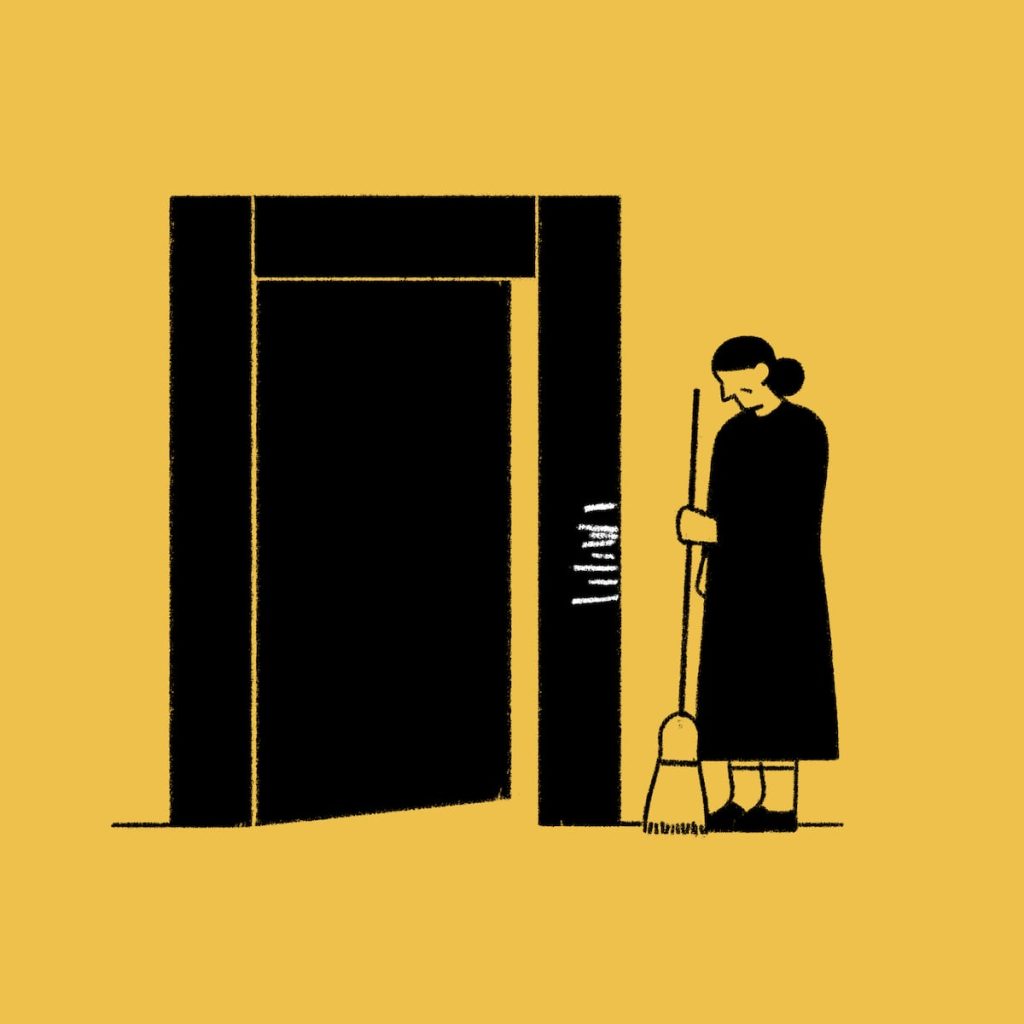The name of the child raising his hands in the Warsaw Ghetto in 1943 remains unknown. Once seen, the image cannot be forgotten. The child, around eight or ten years old, with thin legs, high socks, grazed knees, and wearing oversized cap and coat, is standing slightly apart from a group of mostly older men and women being taken out of their hiding place by the Germans after the Jewish ghetto uprising was suppressed. The child, skinny and bewildered, undoubtedly paralyzed by fear, raises his arms with the same seriousness and helplessness as the adults, while a German soldier points a submachine gun at him. The photo is part of the Stroop Report, a document showcasing the destruction of the ghetto and the captivity and murder of many survivors. The desolate look on the child’s face, his weak knees, and his nameless identity continue to haunt us.
Although the name and biography of the child from the Warsaw Ghetto may never be known, his face remains unforgettable, much like any other human being. In the outskirts of Granada, archaeologists excavating mass graves where the executed were thrown during the early months of the Spanish Civil War found the remains of a child, aged between 10 and 14, among 14 bodies. The skeleton emerging from the ground could be from any time in history, as timeless and anonymous as those found in a Bronze Age necropolis. The earth erases individual features, leaving only the skeleton and perhaps revealing objects such as a drawing pencil and an eraser as poignant clues about the child’s life. The child from Víznar’s ravine was as real and complex as the one from the Warsaw Ghetto, with all the richness and innocence of childhood, alongside fear and suffering like any adult.
The repression in Granada during the summer of 1936, executed by military and falangist rebels, was particularly severe. Thirty years later, Ian Gibson explored the mass graves where the bones of thousands of victims lay exposed. The murder of Garcia Lorca gains significant context within this backdrop of slaughter, which targeted individuals from various walks of life. Today, we know they were capable of executing a child who possibly enjoyed drawing or excelled in school, as evidenced by the pencil and eraser found in his pocket. Despite the passage of time and subsequent neglect, that child from Víznar was as real and complex as any other, with all the fears and joys inherent to childhood.
In the early 1970s, upon arriving in Granada to study, it was still possible to encounter known assassins in public, a stark reminder of the recent bloody history. The memory of the man who aimed at and shot the child in Víznar might have faded, without a trace of remorse. The child from Víznar, like the one from the Warsaw Ghetto, raises his hands in fear, clutching his treasured pencil and eraser, remnants of a shattered normal life disrupted by incomprehensible calamity. The struggle for dignified remembrance persists, facing obstacles from a callous right-wing agenda intent on erasing the memory of victims and denying them the right to a decent burial and recognition, even as basic as preserving a pencil, an eraser, and two bullets in a glass urn.
The horrors of war and repression, whether in the Warsaw Ghetto or the ravines of Víznar, transcend time and place, leaving lasting scars on societies and individuals. The stories of these nameless children compel us to remember, honor, and strive for justice and dignity for all victims, past and present. As we uncover the remnants of their lives, we come face to face with the cruelty and humanity that coexist in our shared history. In remembering the child with the pencil and eraser, we acknowledge the innocence and resilience lost to senseless violence, protecting their memory from being buried by the sands of time.


